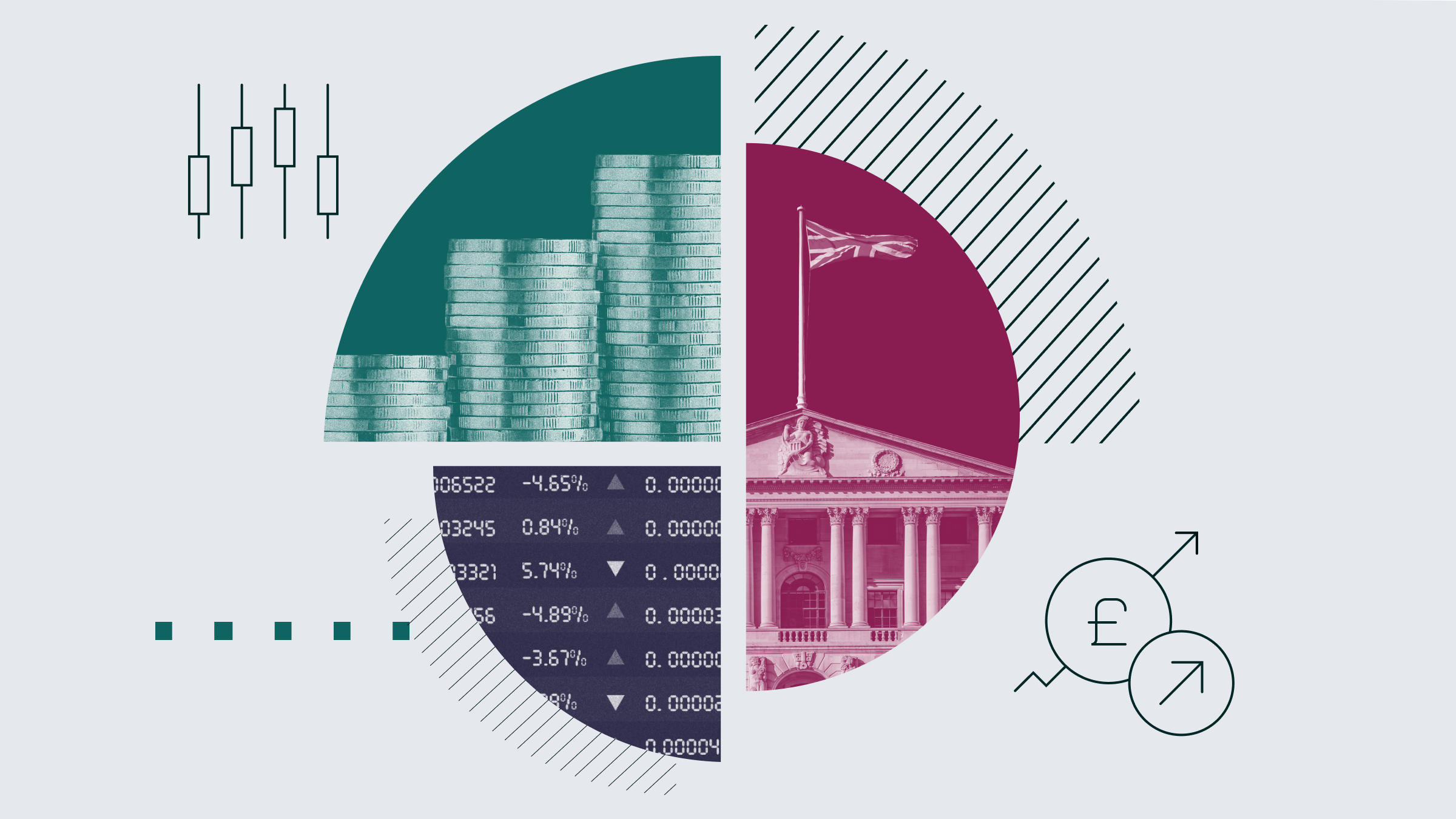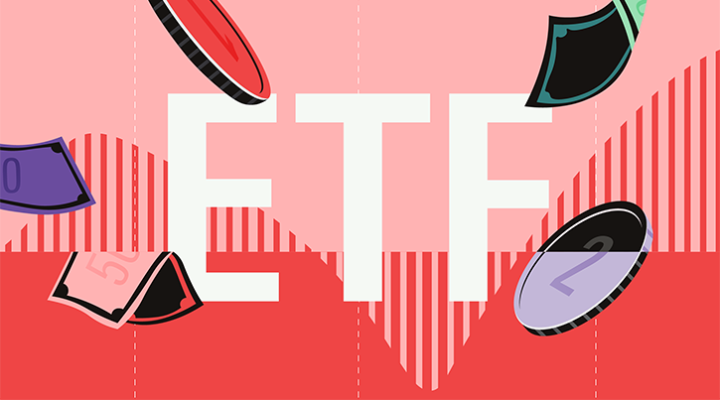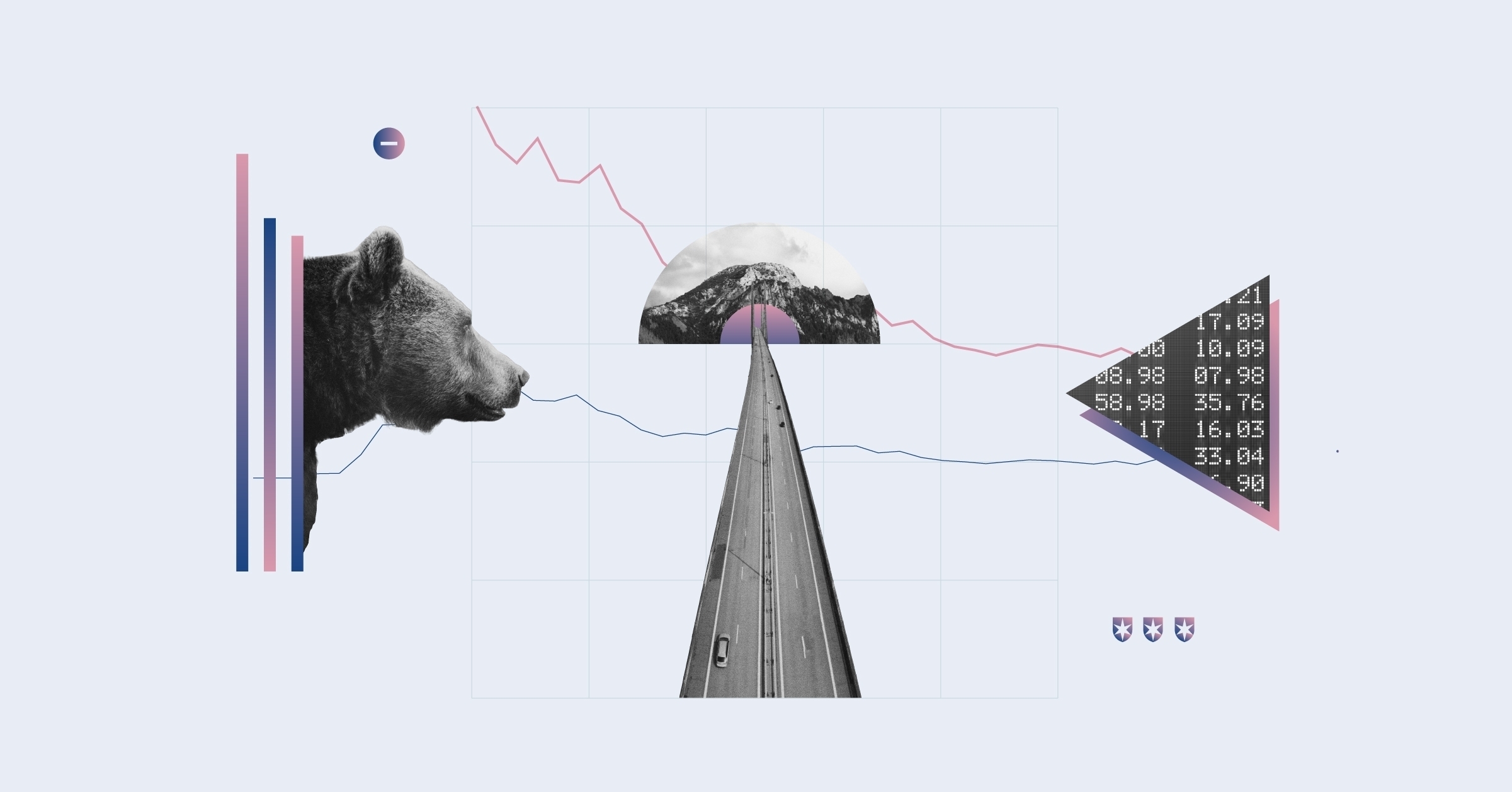The daily-deal frenzy is here. As e-mail inboxes are inundated with offers from hundreds of local advertising firms, Groupon is the front-runner among a small lead pack of companies. Even in its short history, the company reaches nearly 100 million people around the globe. Groupon works with local merchants and sells vouchers at deep discounts (called Groupons) on their behalf, keeping a hefty chunk for itself in return for the sale. In spite of its claim as the fastest-growing company ever, we have delved into several aspects of the firm's business model to provide some context in advance of our full company report. Because the company is currently unprofitable, an understanding of where the firm may improve is critical to understanding its potential. Our key findings include the following:
-- Customer segmentation is important. Each customer redeeming a Groupon voucher represents a different level of profitability for the local merchant. This customer mix may result in unprofitable Groupon offers for certain merchants. Local merchants ideally want to reach new customers who generate recurring business. Still, these high value customers are offset by two other types: 1) customers who are highly price sensitive and only spend money because of the deep discount offer; and 2) existing customers who would have originally purchased at full price but gain the benefit of a deep discount.
-- In its most mature markets, Groupon's growth has been astounding. However, transactions per customer and revenues per customer are declining. The company provided detailed information about two cities where it has had the longest presence: Chicago and Boston. Unquestionably, growth has been incredible. However, profitability metrics have been declining.
-- Management's representation of customer acquisition cost may obfuscate the lifetime value of a customer. In the firm's S-1 filing in early June, Groupon presented adjusted consolidated segment operating income (CSOI) as an important metric for the business. The CSOI presentation implies that online marketing is a nonrecurring expense, spent only to acquire the customer. We reject this premise and believe that continued marketing will be necessary to support customer purchases, ultimately decreasing the lifetime value of its customers.
-- Scaling the local advertising business is challenging. Groupon's massive hiring spree has ballooned its employee count to more than 7,000, including a salesforce of more than 3,500. As the company has grown both internationally and in smaller North American cities, our analysis of its selling, general, and administrative (SG&A) expenses is telling. We have yet to see any evidence of material operating leverage.
-- We expect competition to lead Groupon to increase its payout ratio to local merchants, limiting the company’s profitability. Gross profit margins, which represent revenues to Groupon net of payments to the local merchants, have approximated 40% during the last eight quarters. While this revenue split has largely remained stable, we expect that competition and the company's pursuit of growth will result in lower profit margins in the future. In our view, this decline is inevitable, further emphasising the importance of implementing a more efficient sales model and maintaining high customer conversion rates.
Still, we can't expect the current state of the world to persist. The most obvious threat to Groupon is both current and future competition. While the largest direct competitor today is LivingSocial, we expect Google (GOOG), Facebook, and OpenTable (OPEN) to continue increasing their sales efforts. Logically, we expect competition to decrease the revenue share that Groupon is able to retain for its efforts. Perhaps even more troubling, many of these competitors have more customer information and other assets (such as an advertising platform) that might decrease Groupon's usefulness to merchants. Of course, we would expect Groupon to be highly acquisitive in order to increase its ability to convert customers, serve merchants, and develop a long-term, recurring revenue relationship with these local retailers. It has a first-mover advantage, but the company will have to build and acquire several assets in order to create an economic moat.
This report is made available compliments of Morningstar IPO Research Services. For more information on Morningstar IPO Research, please click here.
























